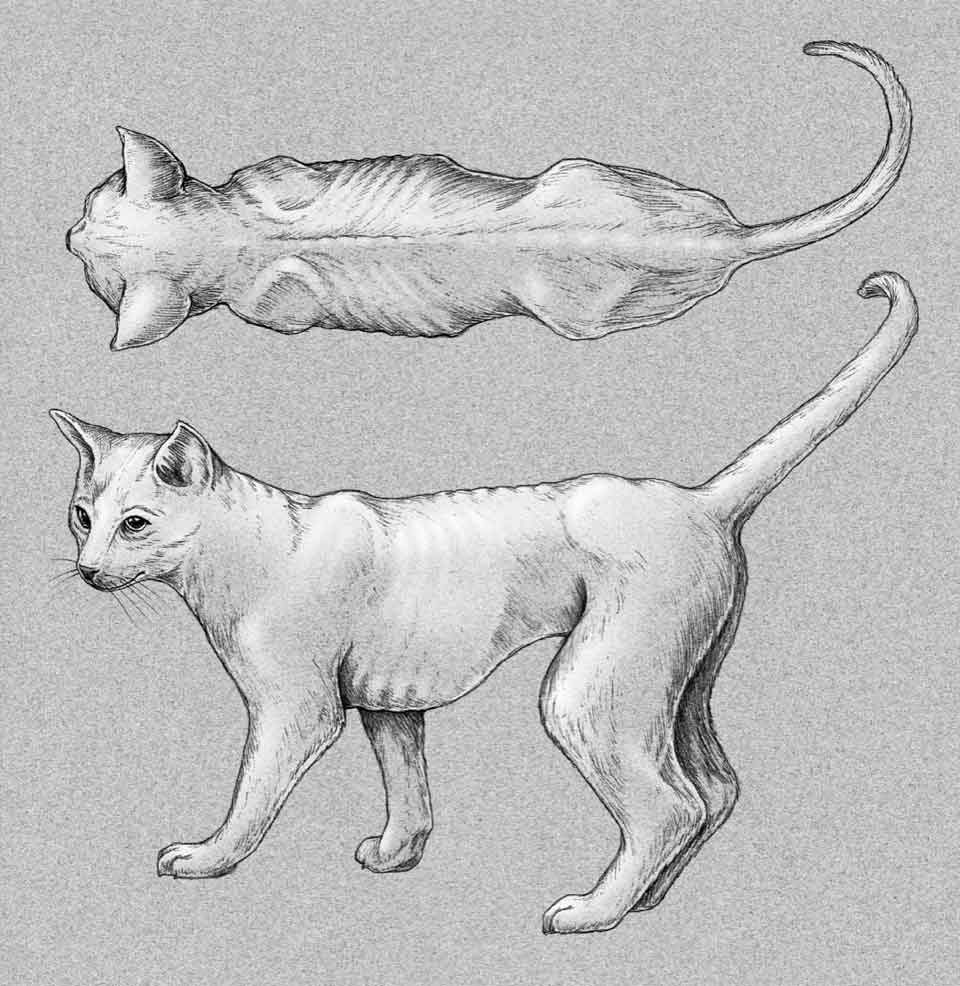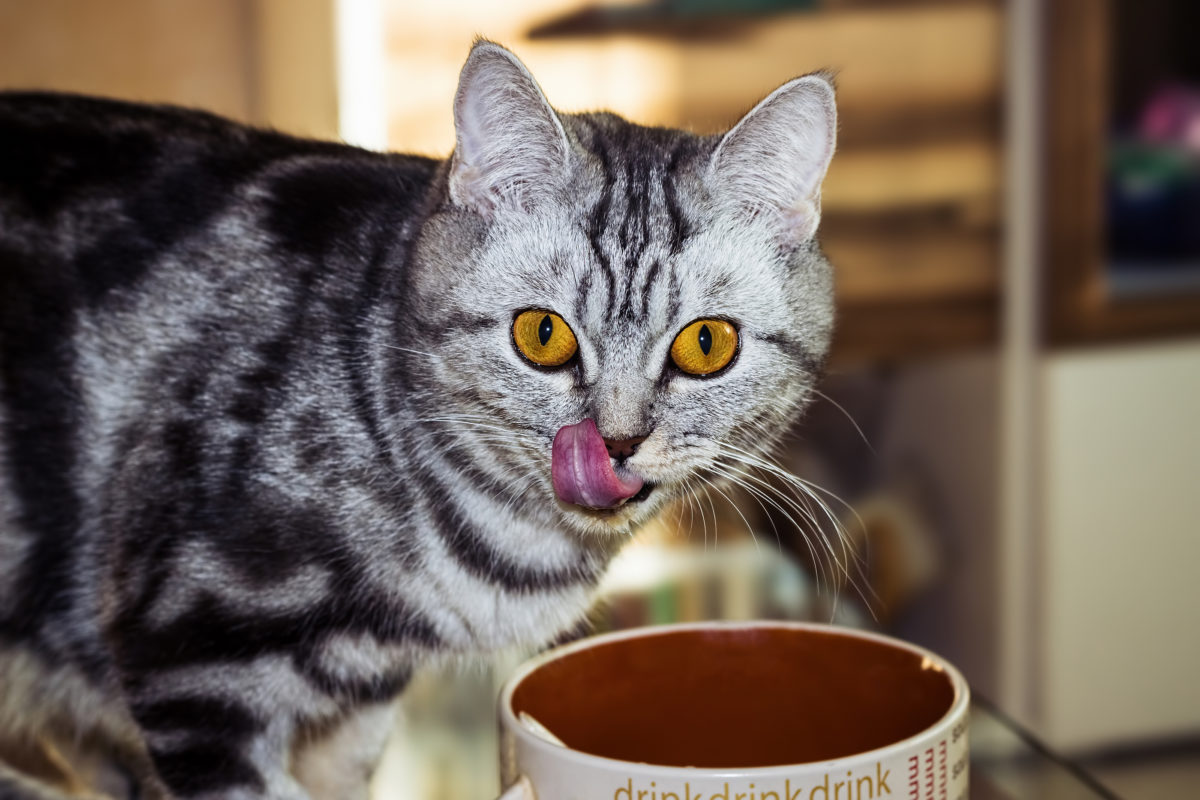You probably don’t think about it as you’re filling up your kitten’s food dish, but what you feed and the way you present it affects more than just growth: it’s the foundation for a healthy, happy future. A nutritious diet is important for development, but the amount of food and how your kitten eats it are equally important. Done properly, both can help your kitten stay active and remain at a healthy body weight throughout life.
That’s because the biggest food-related risk to kittens is obesity, which results from having too much food available all the time. But with some mealtime tricks, you can ensure that your kitten grows at an appropriate pace, maintains a svelte figure, practices her hunting skills, and gets in some physical and mental activity—all while she’s eating.
Choosing A Food
Start by weaning the kitten onto the food her mother ate during pregnancy, if possible. A 2012 study found that flavors passed through the milk can affect the kitten’s food preferences. Once the kitten feels comfortable in your home, you can expose her to other foods so she learns about variety.
Your veterinarian (or the recommendations on the food label) can help you figure out how much to start feeding, but you will need to change this amount as your kitten grows, to meet her particular needs.

Switching To A New Food
To introduce a new food, select some different diets that you will feel good about feeding. On the label, you should see one of the following nutritional adequacy statements: Complete and Balanced for Growth, Gestation/Lactation, or All Life Stages. Offer new choices next to familiar foods so your kitten can express her preferences, keeping in mind that it might take a few feedings for her to warm up to the new offering if it is very different from what she is used to. There is more information about choosing diets here.
How Much To Feed
Healthy growing kittens are mostly muscle with little body fat. You can see their waist narrow between the ribs and the hips if you look from above. If you look from the side, the waist tucks up toward the hips. You can barely see but easily feel the ribs without applying pressure on the chest. A kitten in this condition is, as Goldilocks would say, just right.
How much your kitten needs to eat to stay just right can vary widely. If your kitten grows more slowly than the growth curve shown on the growth curve chart seen below, increase the number of grams of food you feed each day by 10 percent. If he’s growing faster, do not change the amount fed until growth slows, especially if it seems like the kitten is putting on fat. You can tell if he’s putting on fat if it’s more difficult to see and feel the ribs and spine and if he’s looking roly poly rather than growing taller and longer.
To ensure that your kitten stays in lean body condition as she grows, regularly check her body condition score. This is easy to do with just your hands and eyes. A kitten is too thin if you can easily see and feel the ribs and spine. He’s too heavy if you cannot easily see or feel the ribs and spine. We discussed earlier what you’ll see and feel in a kitten who’s just right.
Other tips include weighing the amount of food you give daily. If you just eyeball it or give a heaping scoop, you run the risk of feeding too much.
You can also weigh your kitten regularly to keep tabs on growth. Weigh daily during the first week so you can get into the habit and your kitten can get used to being weighed. Afterward, weigh your kitten weekly. You can buy a good scale to weigh both your kitten’s food and your kitten to the nearest gram for $10 to 15. Some examples are here.

Hunt For Health
Finally, don’t just put food into a bowl and walk away! Cats are hunters by nature; you can help meet their food and foraging needs at the same time by feeding them from a food puzzle right from the start. There are as many kinds of puzzles as there are kinds of cats, so with a little hunting yourself, you will be able to find puzzles you both enjoy. One good place to start is here: http://foodpuzzlesforcats.com/. It really is “a one stop resource for information about feeding your cat using foraging toys!”
You can tell if your kitten is growing normally if she follows the growth chart, stays in lean body condition, and is otherwise healthy and happy. Once your cat is at least a year old, you can switch her to an adult food, especially if she has a hard time staying in good body condition and you want to avoid obesity. And you do want to avoid obesity; the health, longevity, and welfare risks are just too great. If she is doing fine on the food, there is no risk in continuing to feed it, but be sure to rotate flavors to give your cat some variety.
This article was reviewed/edited by board-certified veterinary behaviorist Dr. Kenneth Martin and/or veterinary technician specialist in behavior Debbie Martin, LVT.








